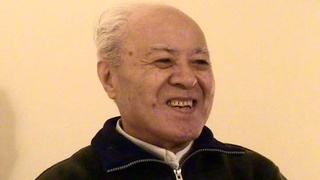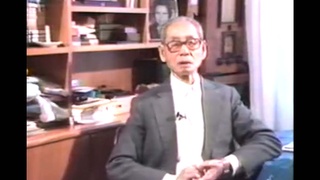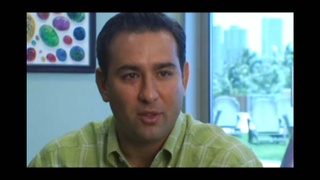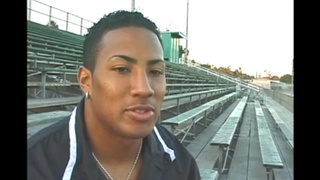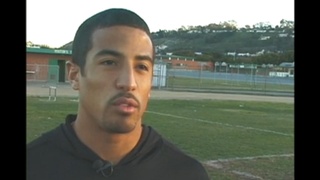Interviews
Being multicultural before it was “in”
In that way, I think we were very Japanese. We were brought up with no religion. My parents, my mom was actually pretty adamant about it and said, “Take a look around…” And I learned from her that religion, it’s a learned thing. It’s not something that’s born inside of you. She instilled a sense of morality in me, but she didn’t push any one religion on me. I guess growing up back east, especially since the area was fairly conservative, I had some of that influence from my friends. But at the same time, it’s pretty varied. When I was in junior high school, I was in a band, and there was myself, a Jewish guy who played the keyboard, there was a Roman Catholic guy who played the guitar, a Black Baptist drummer and there’s a Hawaiian bassist. So we were the multicultural crew before multicultural was in. One weekend, we would play in a synagogue and the next we’d play at a church, and the next week, a Baptist church.
Date: September 12, 2003
Location: Tokyo, Japan
Interviewer: Art Nomura
Contributed by: Art Nomura, Finding Home.

